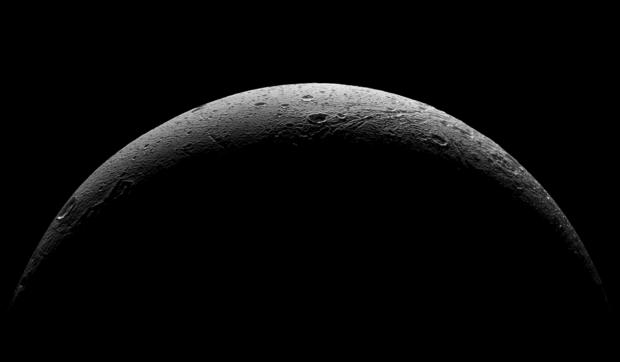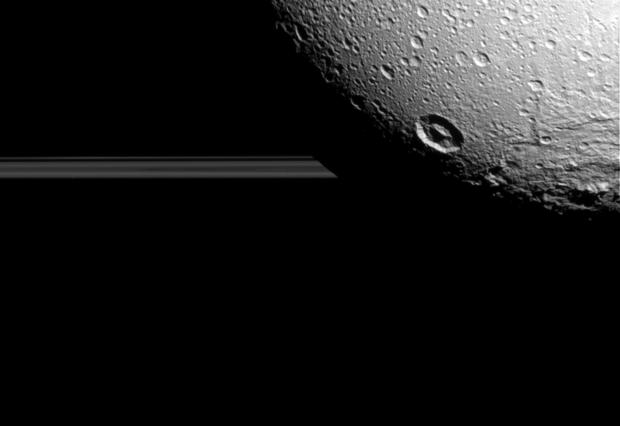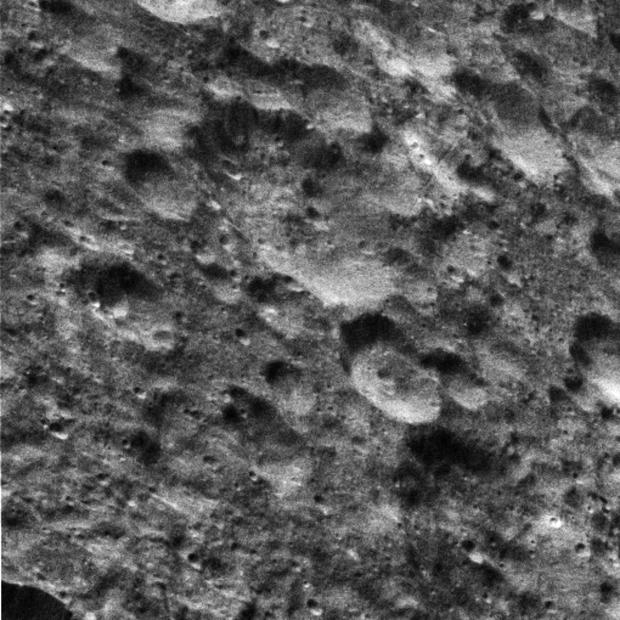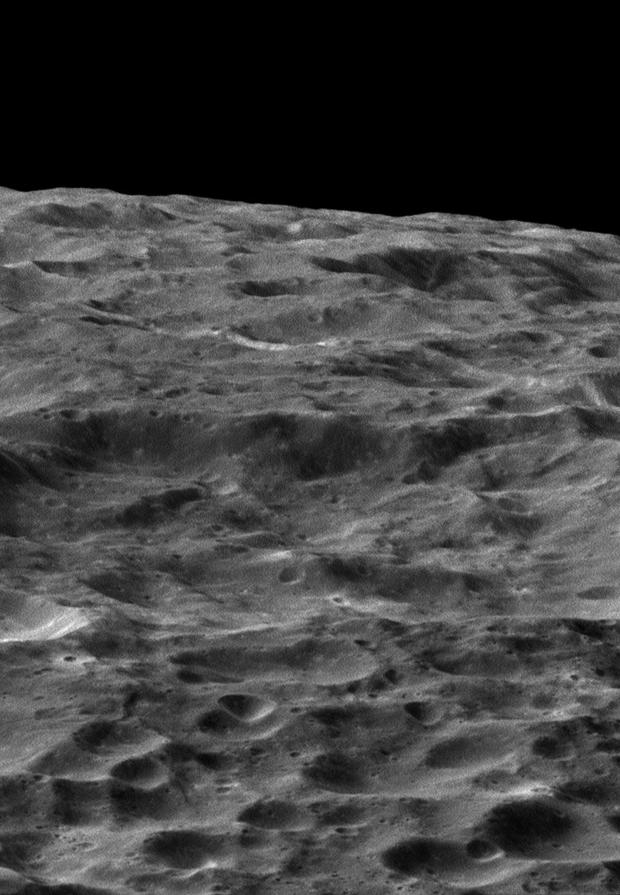Cassini's breathtaking views of Saturn's moon Dione
NASA's Cassini spacecraft got a close up look at Saturn's moon Dione when it passed within 295 miles of it on Aug. 17, 2015.
The pictures it sent back, released by NASA Thursday, offer some of the best views yet of the small, icy world.
"I am moved, as I know everyone else is, looking at these exquisite images of Dione's surface and crescent, and knowing that they are the last we will see of this far-off world for a very long time to come," said Carolyn Porco, Cassini imaging team lead at the Space Science Institute, Boulder, Colorado. "Right down to the last, Cassini has faithfully delivered another extraordinary set of riches. How lucky we have been."
Click through to see Cassini's stunning photography.
Dione
This image was created by putting together nine visible light images. Taken at distances from 39,000 to 106,000 miles away, the pictures are stitched in a way that best approximates the view seen by a distant observer looking through a telescope.
At the lower right you can see the 220-mile-wide, multi-ringed Evander impact basin. In the background are massive Saturn and its rings.
Dione
This picture, with Saturn's rings in the background, was taken as Cassini approached Dione, at a distance of 98,000 miles. This flyby of Cassini mission was not focused on imaging -- the main scientific purpose was to study gravity -- so the cameras onboard did not control the way the craft was pointed.
"We had just enough time to snap a few images, giving us nice, high resolution looks at the surface," said Tilmann Denk, a Cassini participating scientist at Freie University in Berlin. "We were able to make use of reflected sunlight from Saturn as an additional light source, which revealed details in the shadows of some of the images."
Dione
This stunning panorama with many of Saturn's icy rings in view, was taken from 45,000 miles away by Cassini's wide-angle camera.
Dione
This close up was captured using visible light and a short, 10-millisecond exposure time. The light reflecting off Saturn -- called Saturnshine -- was enough to provide a good look at features on the moon's night side.
Dione
Cassini got this shot of Dione's rolling, cratered landscape from an altitude of 470 miles. The image shows a history of large and small impacts.
Cassini has been orbiting Saturn since 2004. Its closest-ever flyby of Dione was in 2011, when it came within 60 miles.
Dione
One of Cassini's closest views from the latest trip was taken from just 365 miles. This view shows a region near the day-might boundary.
Dione
The mission's highest resolution view is a two-in-one. It combines an image from Cassini's wide-angle camera with an inset (center left) from the narrow-angle camera, which has a resolution of about 10 feet per pixel.
Dione
Cassini took five final parting shots as it moved away from Dione at the end of its flyby. The images, captured at distances of 37,000 to 47,000 miles were combined to make this dramatic portrait of the icy moon's rough crescent.







